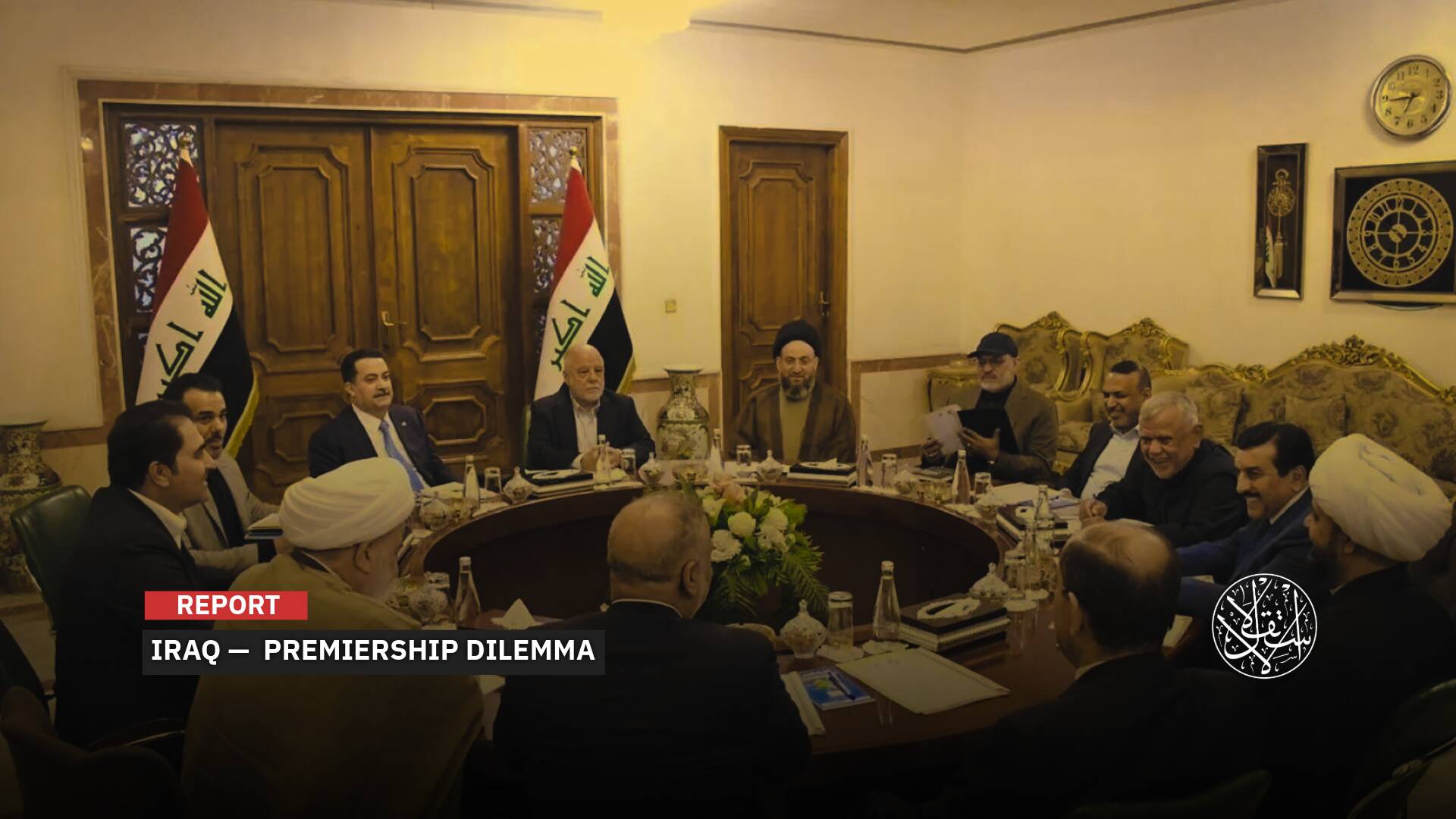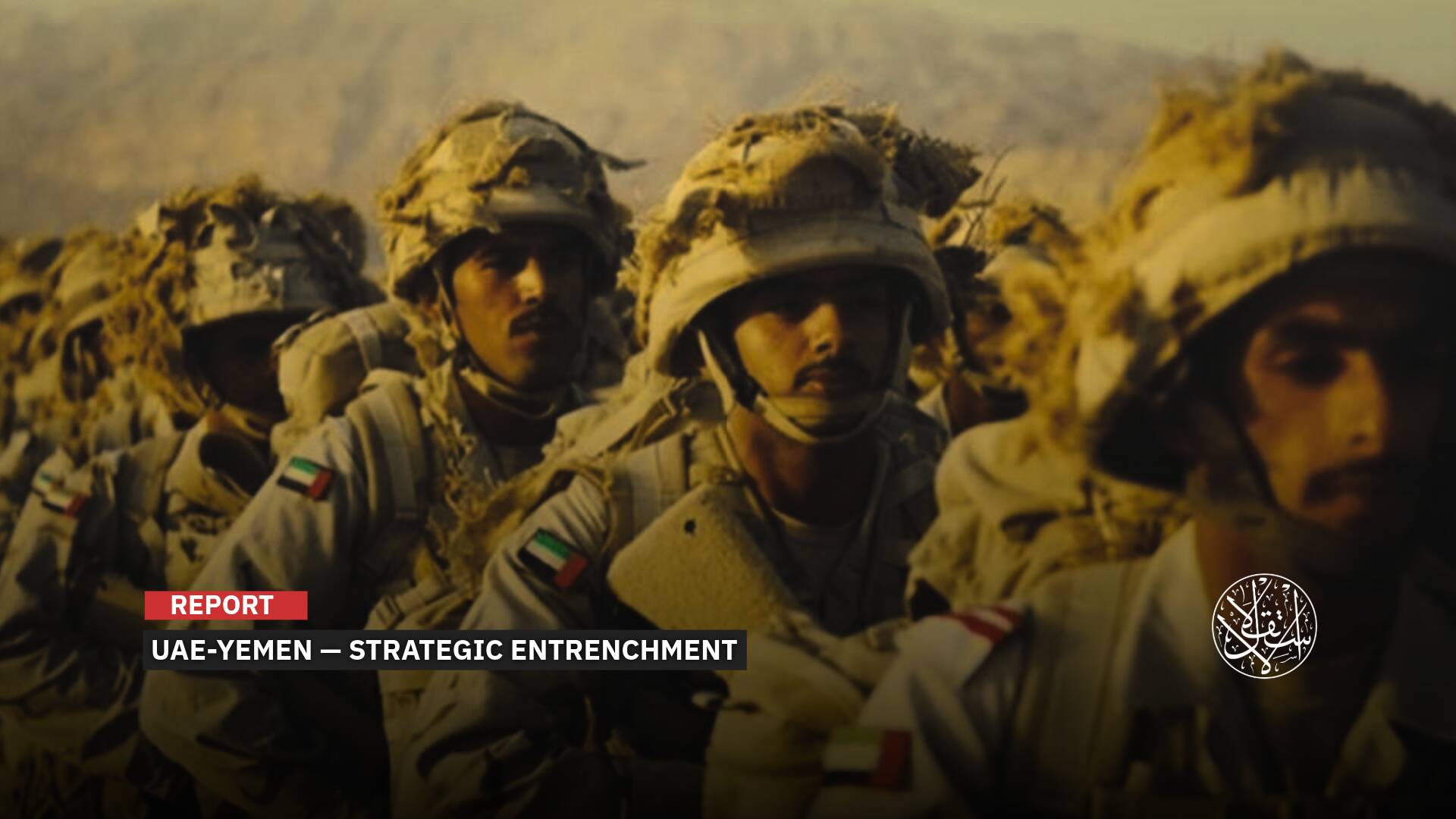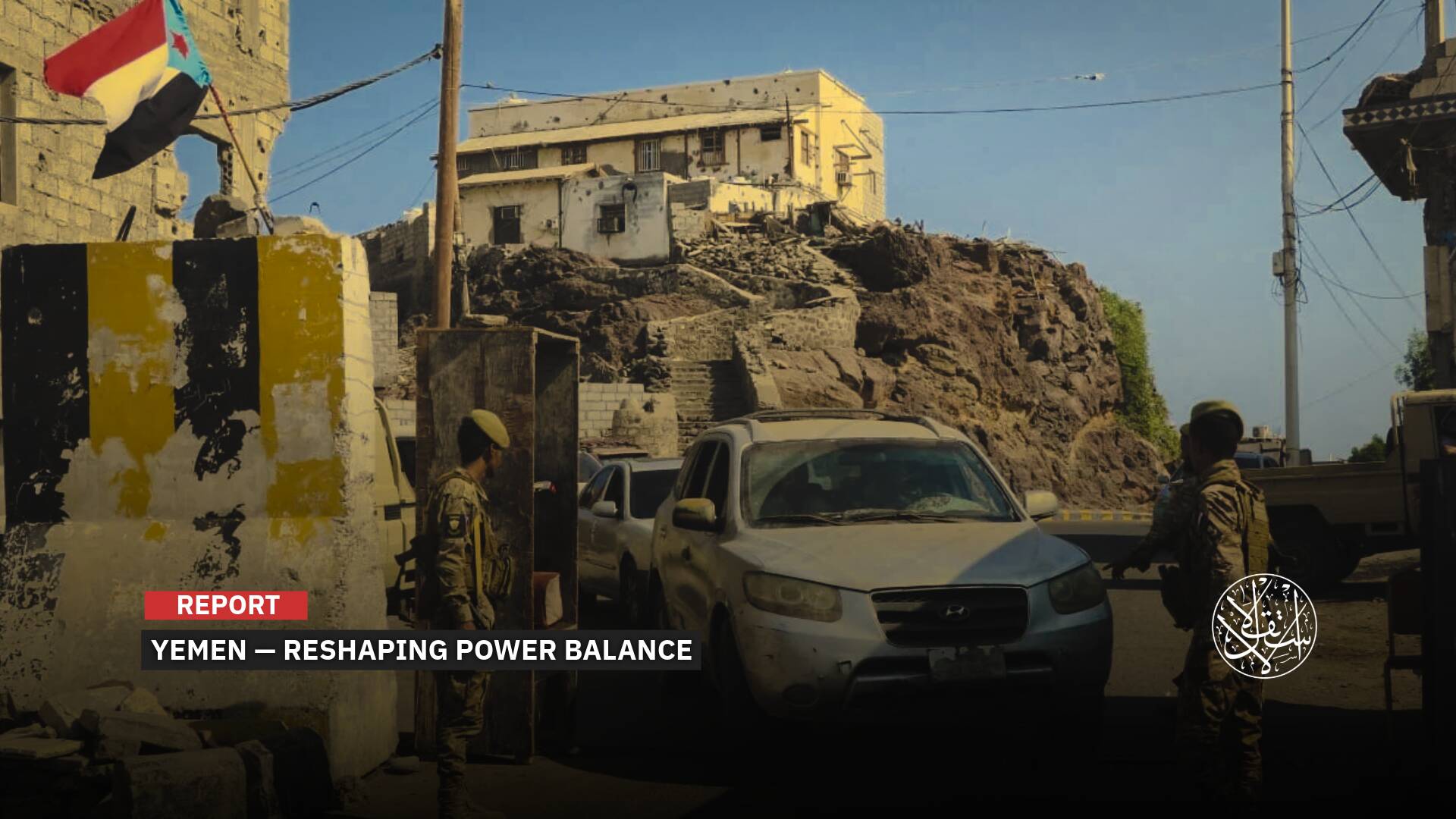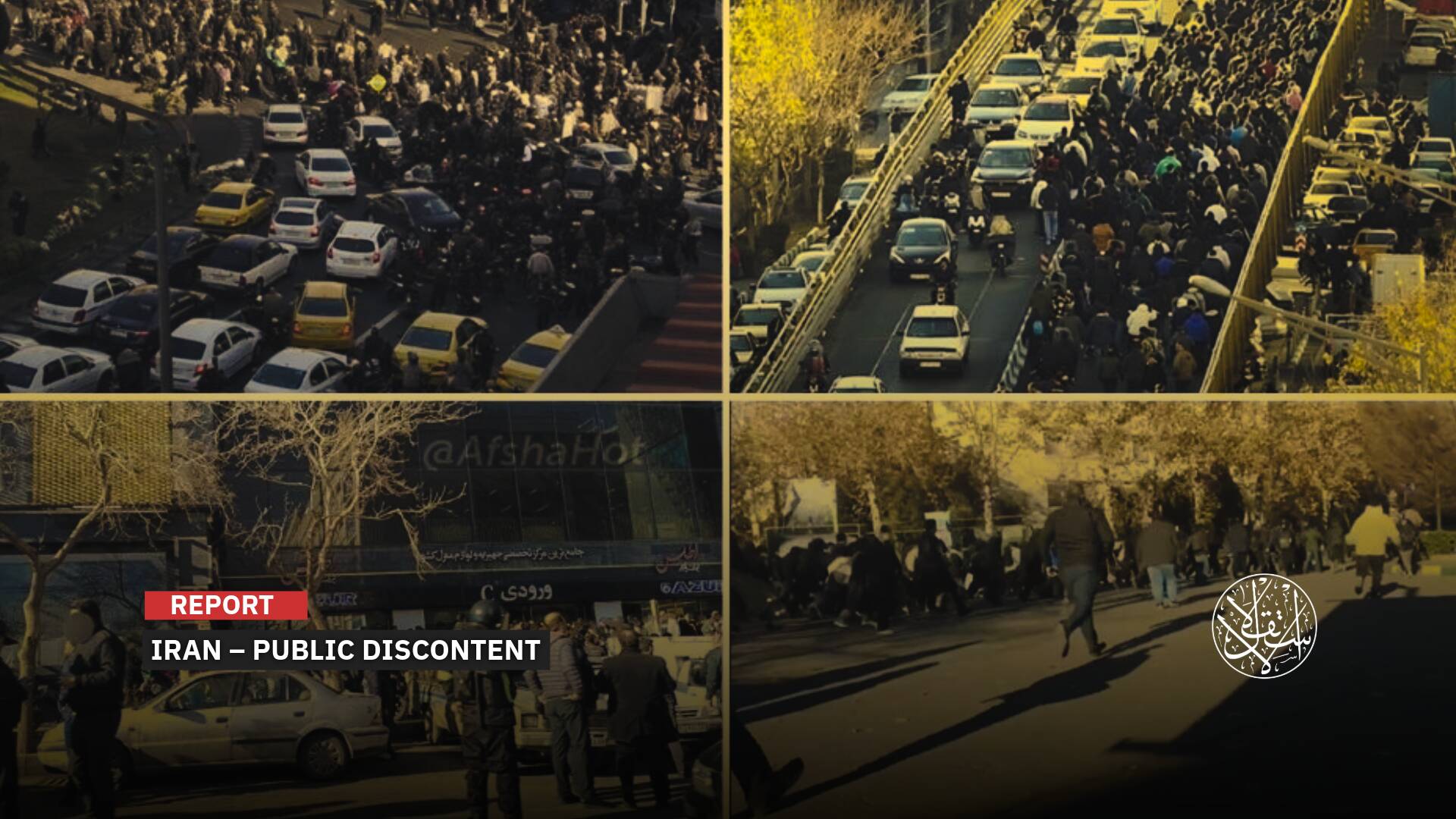How Western Long-Range Missiles Will Change the Course of the Ukraine War

“Washington has provided more than $64 billion in military aid for Kyiv.”
Western countries, including the United States and the United Kingdom, recently allowed Ukraine to use long-range missiles to strike targets inside Russia, which observers considered a significant development in the course of the Ukrainian war.
This decision comes in the final days of Joe Biden’s term, and before the inauguration of President-elect Donald Trump, who stated throughout his election campaign that he would work to end the war quickly, raising fears among many that he might force Kiev to make unacceptable concessions.
In contrast, the Kremlin expressed its concern that the use of Western weapons reflects the direct involvement of the U.S. and NATO in the conflict, which could increase the chances of a wider confrontation.
On the other hand, this change in Western policy has raised controversy over possible Russian responses. While it may enhance Ukraine’s ability to strike vital Russian targets, it may also increase the risk of Russian retaliation, and may contribute to reshaping global alliances.
Perhaps what increased concerns in this regard was the signing of a decree by Russian President Vladimir Putin allowing the military to respond with nuclear weapons in the event that his country was attacked by ballistic missiles.
Major Escalation
The course of the war in Ukraine has changed dramatically after the US decision to allow Kiev to strike deep inside Russia, to which Moscow responded with an unprecedented missile attack.
Last week, the White House allowed Ukraine to target the Russian interior with long-range ATACMS missiles, which have a range of 300 kilometers.
Ukraine quickly used these long-range missiles to strike an ammunition depot in the Bryansk region in southwestern Russia on November 19.
This decision is the second time that Washington has allowed Kiev to use its weapons systems inside Russian territory. After the Russian attack on the Kharkiv region threatened to exhaust Ukrainian defense lines last May, Biden allowed the use of HIMARS systems, which have a range of 80 kilometers, to repel the attack at that time.
On November 20, Ukraine also fired a barrage of British Storm Shadow missiles, which have a range of more than 250 kilometers, against targets deep inside Russia.
It was the first time since 1919 that British-made weapons had been used on Russian soil.
Moscow has said that using Western weapons to strike deep inside Russia is a major escalation of the conflict, while Kyiv says it needs the ability to defend itself by hitting Russian rear bases used to support its invasion.
British and US officials have called the development a major escalation in the nearly three-year-old war.
Since the war began in 2022, Ukrainian leaders have been pressing their Western allies to allow them to use advanced weapons to strike key targets inside Russia, a move they hope will reduce Moscow’s military capabilities.
But Washington has been opposed to the move, with President Joe Biden keen to avoid any escalation that could drag the United States and other NATO members into World War III and a nuclear clash.
The United States had provided Kyiv with ATACMS missiles last year, which were used to destroy military targets in Ukrainian territory occupied by Moscow only.
In a related context, the White House recently agreed to deliver anti-personnel landmines, relieve nearly $5 billion in debt owed to Ukraine, and impose sanctions on a major Russian bank that handles payments for natural gas sales.
The United States also recently announced that it would provide additional military aid to Ukraine worth $275 million to meet its vital security and defense needs, including various weapons, most notably missile systems, artillery ammunition and anti-tank weapons.
According to the US State Department, Washington has provided more than $64 billion in military aid for Kyiv so far.

Intensive Military Support
In the same context, reports revealed that the US decision to allow Ukraine to use long-range ATACMS missiles to strike targets inside Russia represents a major shift in the dynamics of the war.
The timing of this decision has several implications, most notably the timing of the transition of power in the White House.
The administration of current President Joe Biden is facing a race against time to achieve tangible gains on the ground for Ukraine, before President-elect Donald Trump takes office in January 2025.
Especially since Trump has expressed in many statements his doubts about the importance of continuing intensive military support for Ukraine, which prompts the Biden administration to accelerate the pace of its decisions to strengthen Kiev's position and embarrass the next administration.
Donald Trump Jr., the son of the US President-elect, criticized the decision, indicating that it could lead to a third world war before his father takes office in January.
Pentagon officials expressed concern about the depletion of American military supplies.
In contrast, some European leaders expressed their support for the decision.
According to observers, Washington views the introduction of ATACMS missiles into the conflict as a tool that could enable Ukraine to target key Russian headquarters, relieving pressure on the front lines and reshaping the confrontation equations in Kiev’s favor.
US officials also explained that allowing the Ukrainians to use the long-range missiles came in response to Russia’s sudden decision to introduce North Korean forces into the battlefield.
The Russian army is set to launch a major attack with an estimated 50,000 troops, including North Korean forces, on the fortified Ukrainian positions in Kursk with the aim of reclaiming all Russian territory that the Ukrainians seized in August.
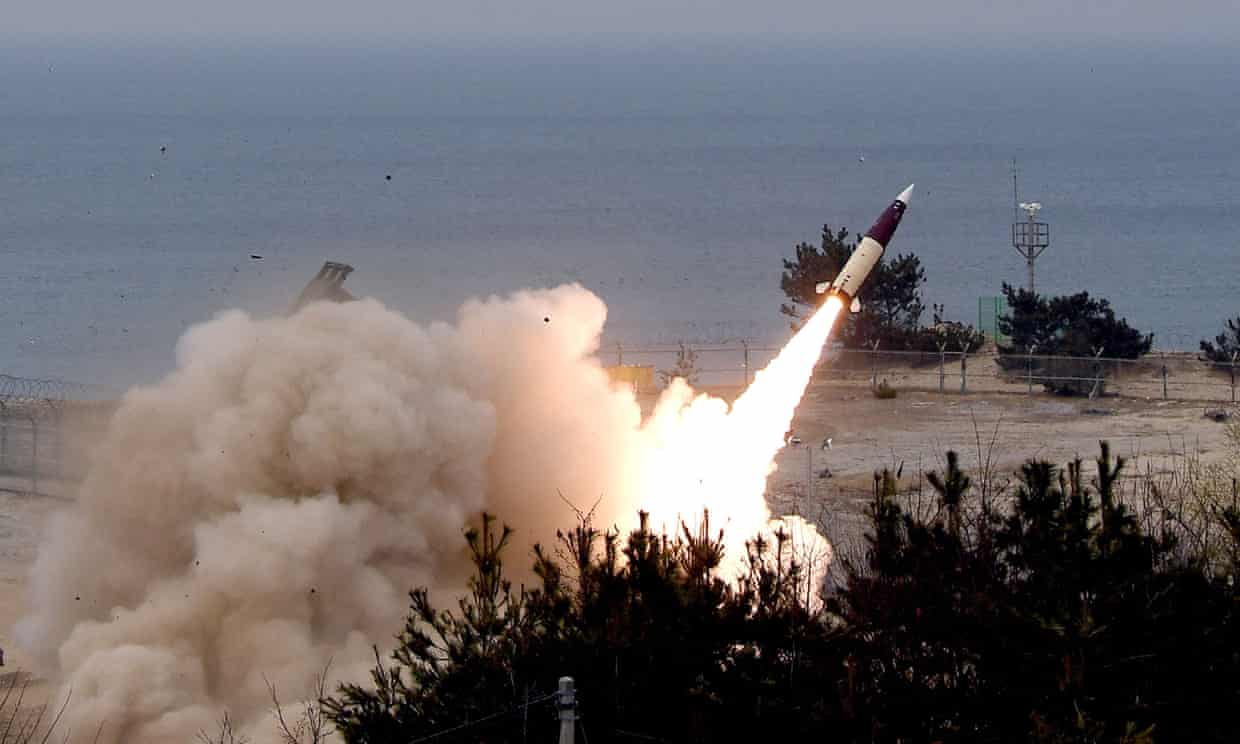
Russia’s Nuclear Doctrine
Amid tense relations between Moscow and the West, Russia has rewritten the terms of use of nuclear weapons, in an attempt to intimidate its adversaries and impose new conditions on the battlefield.
The decision, which came on the 1,000th day of the Russian-Ukrainian war, reflects a new phase of escalation in relations between the major powers, where strategic interests are intertwined with military conflicts.
On November 19, Russian President Vladimir Putin signed a decree allowing the military to respond with nuclear weapons in the event of an attack on the country.
The decree included an update to Russia’s nuclear doctrine, which stipulated that if a state launched an attack on Russian territory with the support of another nuclear-armed state, Moscow would have the right to respond with nuclear weapons.
According to the Russian news agency TASS, the amendments place any serious threat to Russia’s sovereignty, including conventional attacks using missiles, warplanes or drones, within the scope of nuclear deterrence.
The new doctrine also includes direct protection of Moscow’s allies, such as Belarus, reflecting an expansion in the definition of threats that could warrant the use of nuclear force.
On November 21, Russia fired an Oreshnik medium-range ballistic missile at a Ukrainian military facility in the city of Dnipro.
Putin subsequently said that Russia had launched a hypersonic medium-range ballistic missile attack on a Ukrainian military facility.
He also warned the West that Moscow could strike the military facilities of any state that uses its weapons against it, adding that the conflict in Ukraine had acquired a global dimension.
Since Russia launched its invasion of Ukraine in February 2022, Putin has repeatedly used the threat of nuclear weapons in an attempt to keep the West off balance and stop the flow of military support to Ukraine.
But Putin’s latest announcement marks the first time Russia has publicly acknowledged using a nuclear-capable intermediate-range missile against Ukraine.
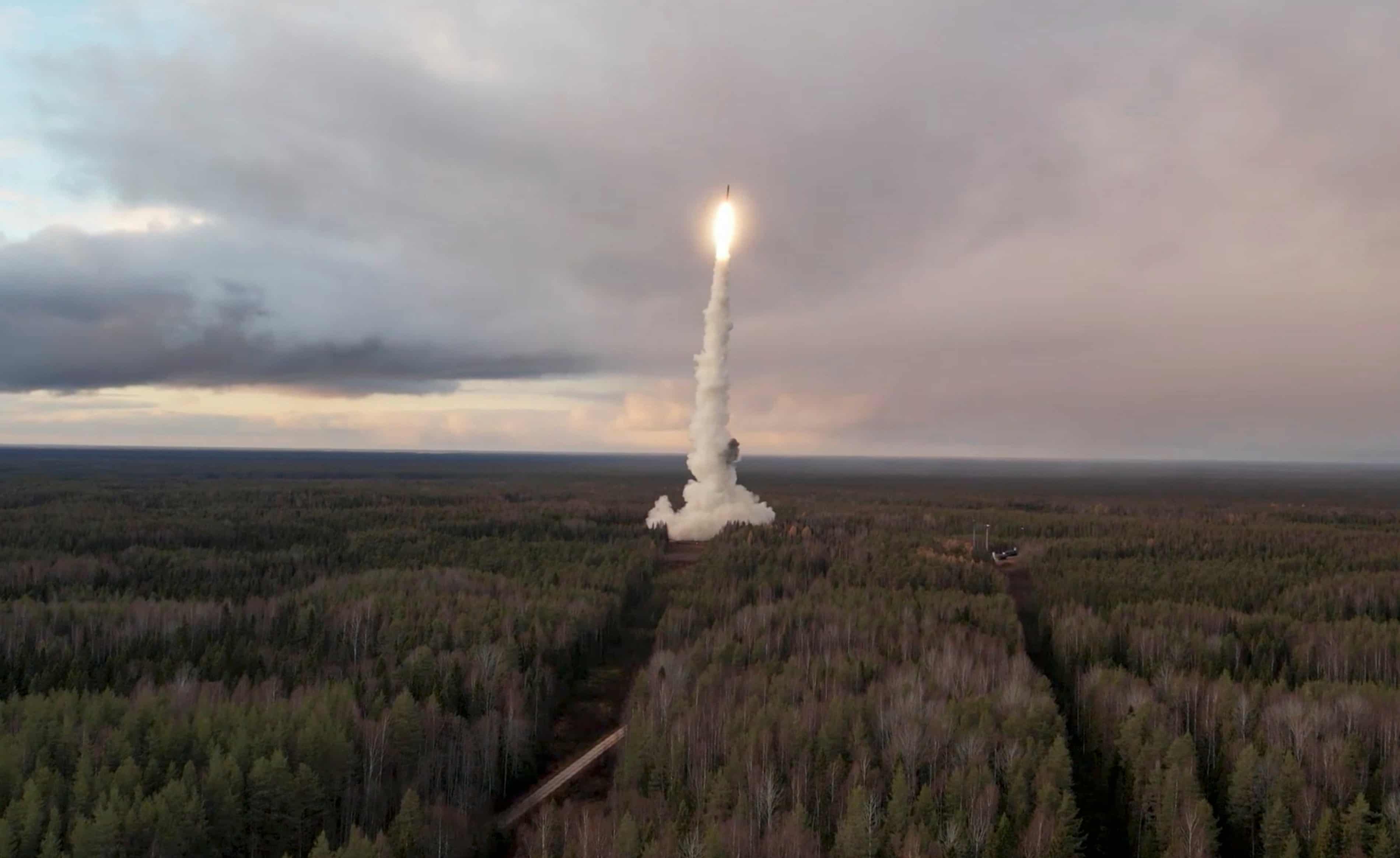
In turn, Polish Prime Minister Donald Tusk sounded the alarm by announcing that the war in Ukraine is entering a decisive phase, considering that the risk of World War III has become serious and real.
It is noteworthy that recent months have witnessed escalatory Russian steps, such as withdrawing ratification of the Comprehensive Nuclear-Test-Ban Treaty, and conducting joint nuclear exercises with Belarus.
Russia is the most powerful nuclear state in the world, and it inherited from the Soviet Union the largest and most powerful nuclear arsenal in the world, which is currently estimated at about 5,580 nuclear warheads.
On his part, Dr. Mahmoud Al-Hamza told Al-Estiklal that “the Democrats seem to want to complicate the reality on the ground for US President-elect Donald Trump, who has pledged to end the war in Ukraine and conclude a peace agreement with Russian President Vladimir Putin.”
“It is unlikely that Russia will resort to the nuclear option, but the Ukrainian strikes with US and UK weapons will give Putin an undeniable argument in favor of taking tougher measures against Ukraine,” he said.
Sources
- Russia debuts new missile in Ukraine strike as Putin threatens West
- With Use of New Missile, Russia Sends a Threatening Message to the West
- Atacms: what are the missiles Ukraine has fired into Russia for first time?
- US will send Ukraine at least $275 million in new weapons in push to bolster Kyiv before Trump


